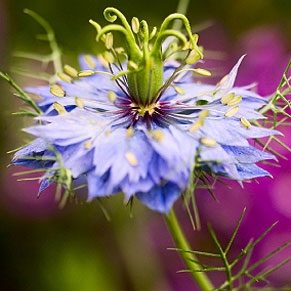
There’re many beautiful and unique plants out there in the world.
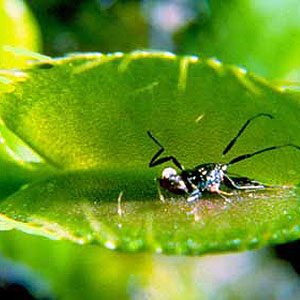
1. Venus Flytrap
Like other plants, the Venus Flytrap feeds off gases in the air and nutrients in the soil. However, because these plants live in rather unfavourable soils, they get a majority of their nutrients from eating live insects. How? The leaves of the Venus Flytrap are made up of short, stiff hairs called trigger or sensitive hairs. When an insect touches these hairs, the two lobes of the leaves snap shut in less than a second, trapping whatever is inside.
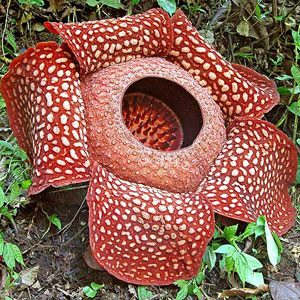
2. Rafflesia Arnoldii
Also known as the corpse flower for its putrid, eau-de-decaying-flesh stench, the Rafflesia Arnoldii is noted as being the largest individual flower on Earth. One of these flowers can reach a diameter of 1 m (3.3 ft) and weigh up to 11 kg (24 lbs). Its blossom only lasts three days to a week.
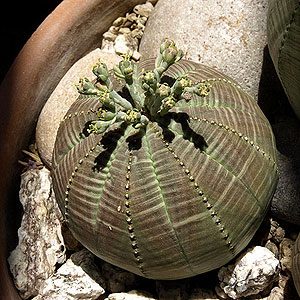
3. Euphorbia Obesa
Also known as “baseball plant” for its ball-like shape, this plant is originally from South Africa but has nearly become extinct because of over-collection and poaching without subsequent replanting. Like all Euphorbia, its sap is poisonous and it can grow to eight inches in height including the stocks with the bulbous section growing to a diameter of four inches.
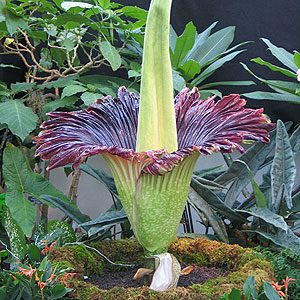
4. Titan Arum
The great big spike in the middle produces a smell, particularly that of bad fish or decomposing mammal (like the Rafflesia Arnoldii), which attracts insects. The titan arum has a life expectancy of approximately 40 years and thrives at the edges of rainforests, wild ones growing only in the equatorial rainforests of Sumatra, Indonesia.
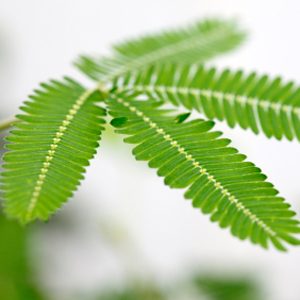
5. Mimosa Pudica
Native to South America and Central America, what makes this plant so bizarre is its sensitivity to touch. Nicknamed “The Sensitive Plant”, the compound leaves fold inward and droop when touched or shaken and re-opening minutes later. It is not known exactly why Mimosa Pudica evolved this trait, but many scientists think the plant uses its ability to shrink as a defense from predators.
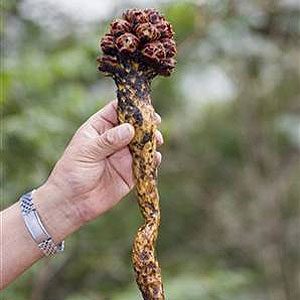
6. Little Hermit
A single specimen of this plant was found in Mexico in 1985, but wasn’t seen again until St. Louis botanist George Yatskievych and a colleague found it in a pine oak forest in Mexico’s mountains in April 2008. It is an orange-brown, fleshy-stemmed parasitic plant, which derives its sustenance from other plants, and has a pinecone-shaped dense cluster of flowers and juicy celery-like stalks.
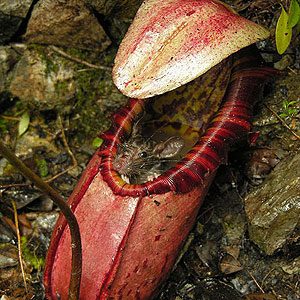
7. Nepenthes Attenboroughii
Also known as the Rodent-Eating Pitcher Plant, this plant is among the largest of all pitcher plants and is believed to be the largest meat-eating shrub in the world, capable of dissolving rats with its acid-like enzymes. Scientists found it on Mount Victoria in the Philippines and named it after famed nature broadcaster Sir David Attenborough.
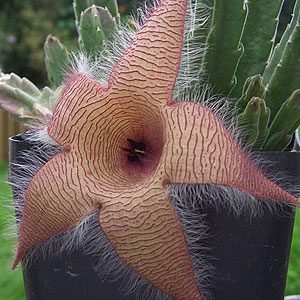
8. Stapelia
Also known as the Star Flower, the genus Stapelia consists of around 40 species, predominantly from South Africa. Most Stapelia flowers are visibly hairy, oddly textured and have been claimed to have an unpleasant smell that resembles rotting meat.
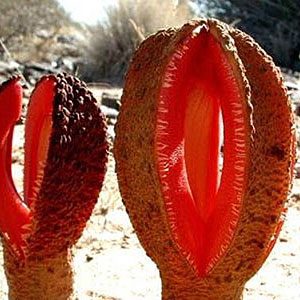
9. Hydnora Africana
The majority of the plant grows underground, save the fleshy giant flower that emerges above ground and emits an odour of feces to attract its natural pollinators-dung beetles and carrion beetles.